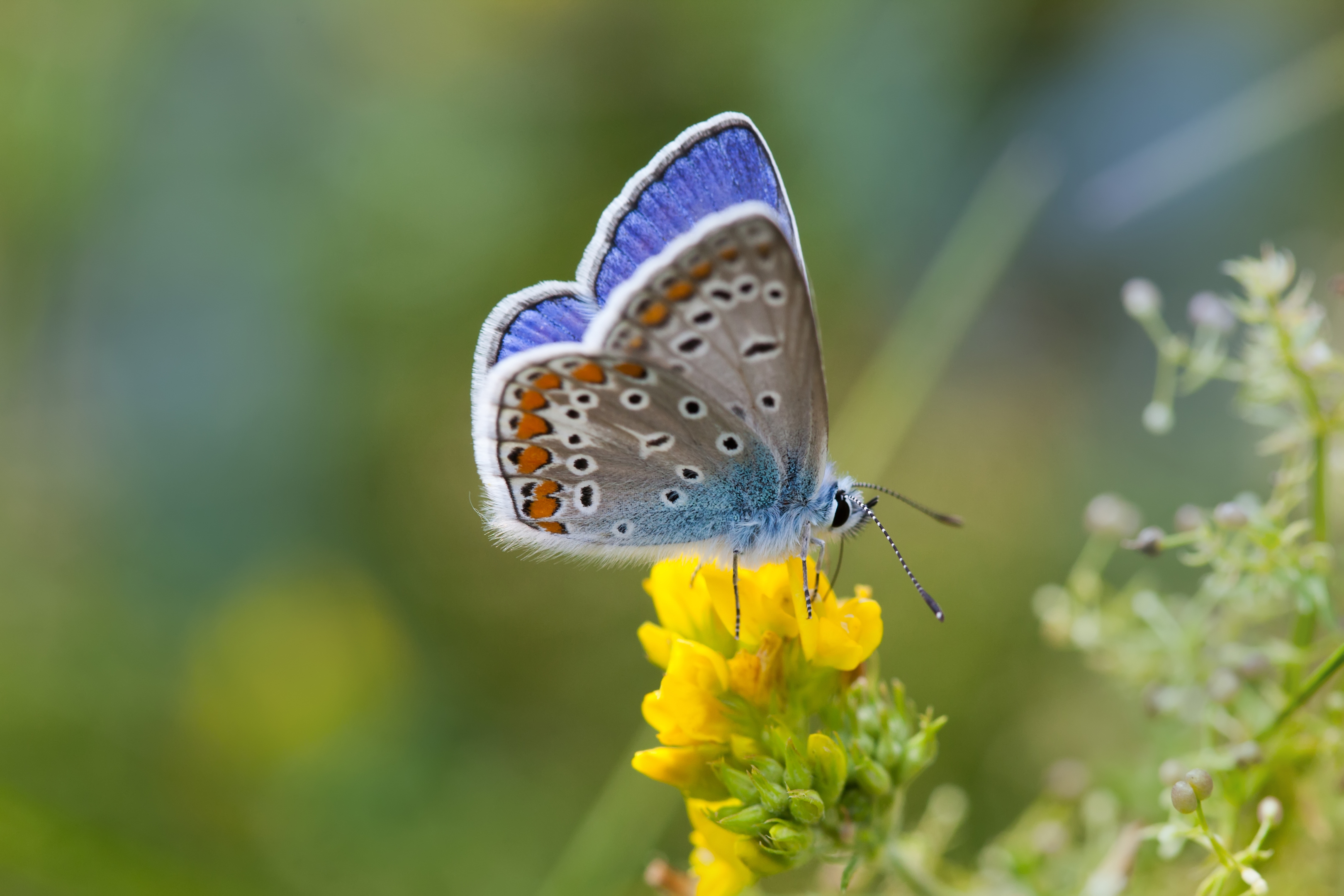Like a piece of wind-blown confetti, the orange butterfly whirled and danced in the air, and most frustratingly, wouldn’t come to rest so I could identify it.
Its rapidly beating wings flashed brightly as it zipped along the woodland ride and then rose steeply over a small stand of young pines and was gone. How annoying was that, and what kind of butterfly was it?
I found out shortly afterwards when another orange butterfly flitted across the path and alighted in a patch of rosebay willowherb. This was a mighty flighty creature, so rather than approaching too close, I focused on it through my binoculars.
Goodness me, it was a small pearl-bordered fritillary – and what a stunner – a real jewel of a butterfly with its orange, intricately patterned wings. Small pearl-bordered fritillaries are uncommon and I had never seen one before in this part of the Ochils. I watched it for a while longer, before it suddenly took to the air again and disappeared. Boy, these butterflies can sure fly fast.
This is an excellent time of year to spot butterflies and only the day before I had come across several common blues by the edge of a nearby hill track. The azure blue on the wings of the male is as vibrant as the clear summer sky above; a wonderful soothing colour that makes your heart sing with joy. Its Latin species name, Icarus, could well be a reflection of this blueness matching that of the summer heavens.
Like the small pearl-bordered fritillary, and despite the name, common blues are scarce butterflies, but are loyal to particular areas where they can be seen year after year. It is, however, strange how they are mysteriously absent from nearby localities, which look identical habitat-wise. Perhaps common blues are weak fliers and not adept at colonising new areas.
On these same walks in our flower-filled hills, I have also enjoyed seeing small heath butterflies. Not nearly as showy as the fritillary or common blue, these small tawny butterflies are nonetheless exquisite in their own under-stated way. They are well suited to our hillsides, not least because their caterpillars happily feed upon a variety of grasses.
Down by the river, the commonest butterfly at the moment is the ringlet. As a child, I don’t recall ringlets as being particularly frequent, but nowadays they seem more so. From a distance the males can appear very dark, almost black. But examine one close-up and that sprinkling of tiny false eyes on the wings soon becomes apparent.
The ecological balances required for our butterflies to thrive are as inherently fragile as their delicate wings. In a nutshell, they need lots of wild flowers and suitable food plants for their caterpillars. And in this era of perpetual habitat loss, the reason why so many of our varieties are literally flying on a wing and a prayer.
Info
Only the male common blue butterfly shows the wonderful sky-blue coloration on the upper-side of their wings; the females are mostly brownish. Their main food plants are bird’s-foot trefoil, vetches and clover.










